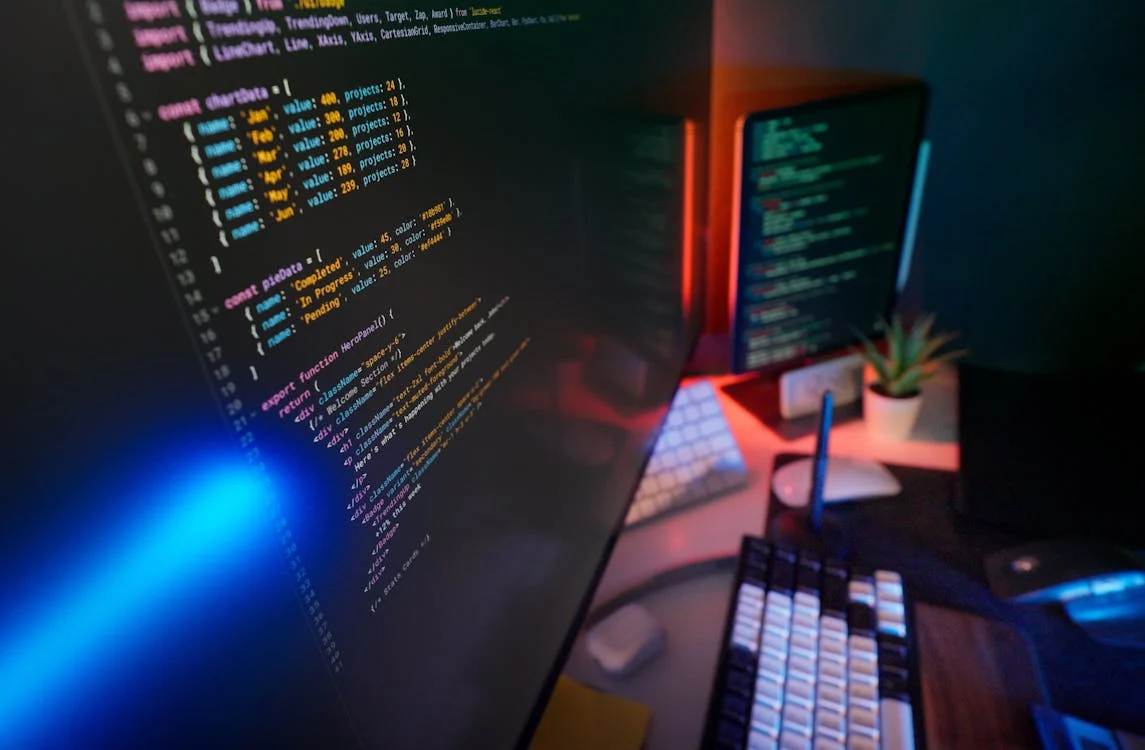Learn how to identify, mitigate, and protect your AI/LLM from jailbreak attacks. This guide helps secure your AI applications from vulnerabilities and reputational damage.
Fergal Glynn

AI models reduce manual effort and improve accuracy, but these tools are far from perfect. Malicious attacks, along with biased or inaccurate data, can negatively influence AI outputs. Unsecured AI is a significant liability, which is why any organization using this technology should also invest in AI risk mitigation.
It’s impossible to stop all potential risks, but a proactive risk mitigation process will address most threats before they cause harm. Try these expert-vetted strategies to strengthen your AI security posture.
Artificial intelligence risk mitigation involves identifying, reducing, and managing threats to the security, reliability, or integrity of AI systems. These threats can come from a variety of sources, including adversarial attacks, data quality issues, model drift, and insider misuse.
AI risk mitigation doesn’t necessarily mean preventing all risks, but it does mean making the system as robust as possible. This involves continuously testing and evaluating how models perform in real-world scenarios, monitoring for anomalies and unexpected behavior, and adapting to emerging threats and attack vectors.
Effective AI risk mitigation requires a combination of technical controls (such as model validation, access controls, and ongoing scanning) and governance practices that ensure transparency and accountability throughout the AI lifecycle.
AI models influence decisions that affect people’s finances, privacy, and safety. When those systems fail or are exploited, the damage can be immediate and widespread. A poisoned dataset or undetected model drift can set off biased decisions, leak confidential data, or open the door to adversarial manipulation.
Deploying AI models without appropriate AI risk mitigation strategies could potentially lead to high costs for an organization, regulatory penalties, loss of public trust, and operational disruptions. However, with proactive risk management strategies in place, these systems can be kept reliable and compliant, ensuring that AI models behave as intended even under pressure.
In other words, AI risk mitigation protects both the organization and the people affected by its technology, preserving trust, accountability, and long-term value.
Many organizations treat AI risk assessments as a one-time exercise, often limited to product launches or model rollouts. That approach leaves gaps. AI systems evolve continuously, and each new dataset, parameter update, or integration can introduce a new vulnerability.
Build repeatable AI risk assessment into your AI development lifecycle. Quarterly assessments can help identify gaps and shore up defenses early on before they can be exploited on a large scale. Frameworks like NIST’s AI Risk Management Framework (AI RMF) provide structure for consistent evaluation, while OWASP’s Top 10 for LLMs offers practical guidance on the most critical vulnerabilities to watch for.
Even high-performing AI models can behave unpredictably under real-world pressure. Regular stress testing reveals weaknesses not found during standard validation, including edge cases, data drift, or adversarial prompts.
Traditional pentesting can uncover surface-level problems, but AI red teaming provides a much more holistic view of model resilience. Mindgard’s AI red teaming approach combines human expertise with adversarial testing to simulate real attack conditions, uncover hidden vulnerabilities, and harden defenses before they’re exploited.

An AI model’s reliability depends on the quality and integrity of the data it’s trained on. However, data quality degrades over time as sources change, labels shift, and new biases are introduced. Treat validation as an ongoing process, rather than a one-time checkpoint.
Automated data validation pipelines can detect corrupted or biased datasets before they skew model performance. Periodic auditing of inputs and retraining data also ensures that your AI performs consistently and remains aligned with real-world conditions.
Cybersecurity threats change in a matter of weeks, but AI exploits move even faster. Build your defenses around a continuously updated AI attack library that tracks the latest vulnerabilities.
Mindgard’s Offensive Security solution contains curated attack libraries maintained by AI security experts, so your team doesn’t need to search for the latest information on AI exploits. Actionable intelligence from the libraries can help your team forecast emerging threats, validate defenses, and refine your mitigation strategies.

Access control forms the foundation of AI security. AI models often train on proprietary or sensitive information, making unauthorized access a high-impact risk.
Enforce least-privilege and zero-trust principles so users only have the minimum access necessary for their roles. Layer these with multi-factor authentication (MFA) and periodic access reviews to minimize insider risks and data exposure.
Cyber threats don’t take breaks, and your defenses shouldn’t, either. Scanning for anomalies, data exfiltration, and adversarial activity well before they become incidents is critical to protecting your assets.
You don’t need a large security team to pull this off, either. Mindgard’s AI Artifact Scanning automates continuous monitoring by combining offline risk profiling and runtime artifact testing to continuously assess your models and environments. The result is a shift from reactive fixes to proactive protection, identifying risks before attackers find them.
Risk is present in any technology. However, the speed and level of access AI has is unprecedented, and it’s your responsibility to invest in AI risk mitigation. Follow the strategies in this guide to build a layered, proactive defense that protects both your data and your users.
If you leverage AI, you also need to invest in security. Mindgard’s Offensive Security solution empowers security teams of all sizes to intercept threats before they cause harm. See how automated AI protection works in real time: Get a Mindgard demo now.
AI risk management doesn’t have to be resource-heavy. The best option is to choose a specialized vendor that automates testing, analysis, and reporting for you. This level of automation allows smaller teams to enjoy the benefits of enterprise protection without paying for a dedicated security department.
Look for unexpected changes in output, worsening accuracy, strange responses, or unexplained API calls. These often indicate model drift or tampering.
Compliance depends heavily on your location and industry. Still, many global frameworks provide accepted best practices for protecting AI against known risks.
ISO/IEC 42001, the first international AI Management System Standard, provides a structured approach to governing AI operations and ensuring accountability across the entire lifecycle. Other key resources include the NIST AI Risk Management Framework (AI RMF), ISO/IEC 23894 for AI risk management, and the EU AI Act, each offering practical checklists to strengthen compliance and trust.